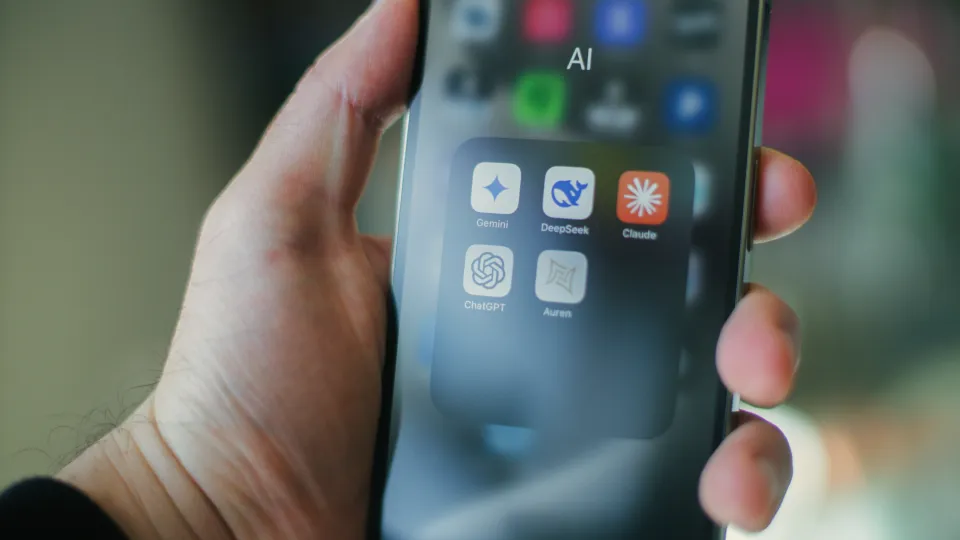We need to rethink how we measure results in B2B marketing
Decisions based solely on the “last click” can sabotage your marketing strategy. In the next few lines, I’ll share a real-life experience, insights from Sparktoro, Google, and Semrush, and propose a new perspective on attribution models in B2B marketing.
Could your favorite channel be misleading you? Or worse: could it be causing you to stop investing in what’s actually working?
Sounds like an exaggeration? Let me explain. In times of dashboards, automated reports, and aggressive targets, it’s tempting to believe there’s a “conversion hero”—that magical channel that generates leads and therefore deserves all the credit and future budget.
Let’s take Google Ads as an example. In many cases, it shows up as a bottom-of-the-funnel strategy that works, so it often becomes that hero. “The lead came from there? Then let’s invest more and more in it.”
At first glance, this logic seems quite rational. It’s intuitive and easy to see. But here’s the problem: that logic ignores a crucial part of the journey— the context.
The myth of the conversion hero disregards the context. In other words, we stop caring about what happened before that conversion. Let’s look at a real case.
Recently, we reviewed the source of a lead that ended up closing a deal with us. According to the report, Google Ads was the responsible channel. Fair enough—the lead source was clear. But when we looked more closely, the story was a bit different.
Two months earlier, the person had downloaded a technical e-book. They took the time to read it, then returned to the website four or five times over the following weeks. They interacted with a LinkedIn post from the company. Then, as their search for a new solution intensified, they clicked a Google ad.
I had the opportunity to speak with the lead to understand what problem they were trying to solve and how they found us. It then became clearer what had happened—and how. Google captured the demand, but it didn’t create it.
That’s the issue with last-click attribution. According to Google itself, “most advertisers are used to measuring success based on the last click.” This means ignoring all previous interactions—even those that created real value, built trust, and helped position the brand as a viable solution.
And that’s where the risk lies. If a report shows that Google performed best, it’s common to reconsider investments in brand awareness, content, events, partnerships, technical improvements to the website, and so on.
These less “trackable” channels end up being seen as less efficient. But in reality, they’re the ones doing the crucial early work of positioning the brand in the market—so another channel can later capture the conversion.
The takeaway? The world is becoming increasingly non-linear—a fact recognized by nearly everyone working in digital. The range of content channels has grown significantly, especially compared to 20 years ago. And the way we consume content is more fragmented than ever. So why are we still measuring results the same old way?
There’s a movement toward the obsolescence of traditional attribution models. In June 2023, Google retired models like “first click,” “linear,” and “position-based.” The last-click model is still available—but even that is on the way out.
In terms of newer alternatives, Google now promotes its data-driven attribution model. Semrush, alongside traditional models, offers options like the W-Shaped model. The market is adapting—because it knows the traditional approach no longer reflects today’s complexity.
As Rand Fishkin from Sparktoro rightly points out, “Mobile adoption and app dominance obscure attribution data even further.” Strategic decisions can no longer be based only on what shows up in a chart. We need to dig deeper.

So what can we do instead? Adopt a context-based model. The solution lies in replacing the search for the “conversion champion” with an exploratory approach—a continuous and analytical look at the entire buyer journey up to the present moment. This model asks three simple yet powerful questions:
1. Where is demand being generated?
Here we want to identify the first touchpoints—how did leads first discover our brand or solution?
2. How is it being captured?
Was it through an ad form, a website form, outbound sales prospecting…?
3. Where are the bottlenecks?
Are we losing leads mid-funnel? Is there a misalignment in messaging, lead qualification, response time…?
From there, you can improve the entire strategy, not just reward a single channel. This challenges marketing teams and pushes B2B marketing to move beyond autopilot—beyond just generating leads.
The reality is that budgets are tighter, sales cycles are longer, and brand building is back in the spotlight. If you want to escape the race to the bottom on pricing, you must create and communicate value. That only happens by building a brand with clear competitive differentiators.
Those who stick to “last click” attribution may have great-looking reports at the end of the month—but over time, they lose strategic edge, lose authority, and miss opportunities. Before investing, pause to diagnose.
This article is not a one-size-fits-all solution or the final word on the topic. It’s an invitation to reflect. I believe in a more mature marketing approach—one that respects the buying journey and recognizes the importance of each touchpoint. One that understands success is rarely the work of a single channel. And that often, the true conversion hero doesn’t even show up in the report.
If we want to grow as professionals, and as a market, we need to rethink how and why we measure results.
This article was translated and adapted, and was originally published, in portuguese, on Briefing - Opinião de Fellipe Leal on June 16, 2025.


